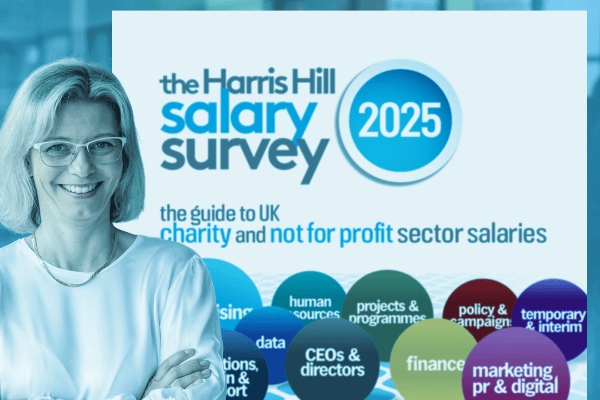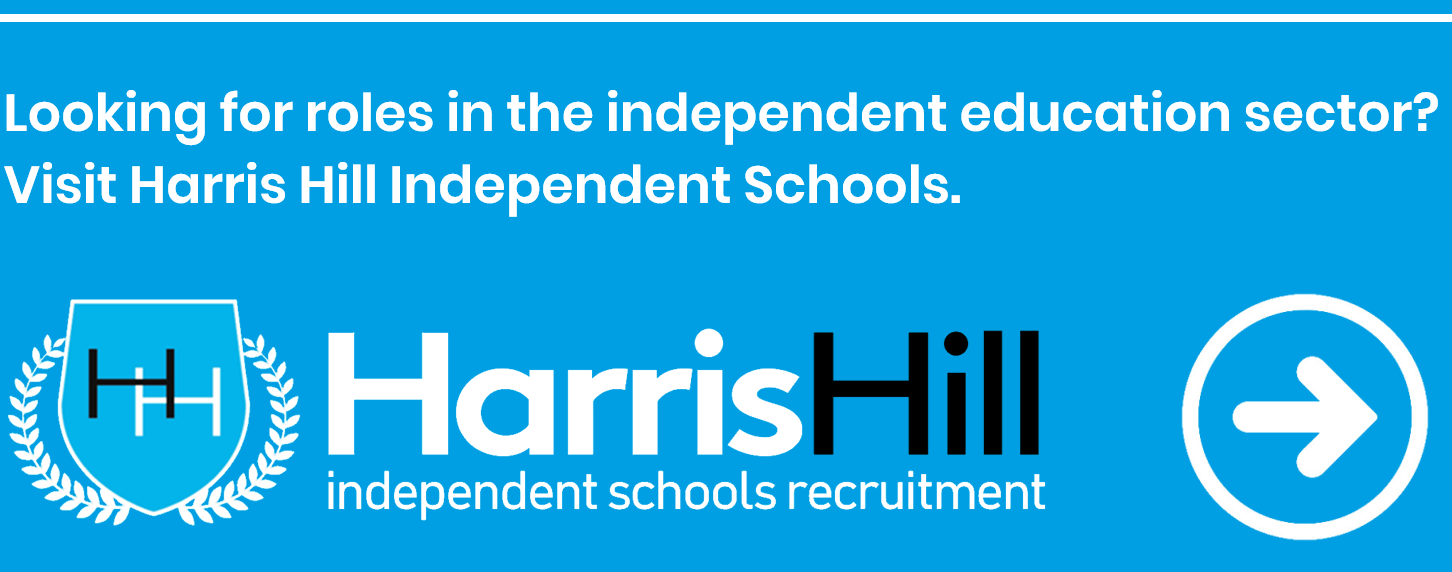High employee engagement and a workforce full of happy, motivated people is often viewed as a top business strategy, with tangible benefits for both the organisation and the individual.
But what happens when engagement morphs into something far less positive — burnout?
To coincide with Mental Health Awareness Week, Freelance Writer and HR Specialist Nicola Greenbrook has been exploring the reasons why working at home during the Covid-19 pandemic could be making us engaged-exhausted.

What is employee engagement - and why is it good?
If people at work have good quality roles and are managed well, it’s likely that they will be happy, healthy and fulfilled.
The Society for Human Resource Management (SHRM) explains that employee engagement ‘relates to the level of an employee's commitment and connection to an organisation’ and provides examples of recognised engaged behaviours, such as being optimistic, solution-orientated and going above and beyond.
The CIPD recommends a narrower, more specific view from the Utrecht University group of occupational psychologists. This defines work engagement as a state of mind in which, rather than being burnt out, employees show vigour, dedication and absorption.
From a business perspective, high levels of engagement can lead to better productivity, improved products or services and innovation. Evidence by voluntary movement Engage for Success shows that there are positive relationships between aspects of employee engagement and other business metrics, such as customer satisfaction and retention. It can also be seen as a way to gain competitive advantage.
So far, so good…

What is burnout - and why is it bad?
Yet, there can be too much of a good thing.
Whilst the benefits of high employee engagement have been established, we are perhaps less familiar with what happens when it becomes something much less positive — burnout.
So why does a once highly productive, enthusiastic and engaged employee become stressed, irritated and unproductive?
Let’s first take a look at what burnout is. The World Health Organisation classifies burnout as ‘…a syndrome conceptualized as resulting from chronic workplace stress that has not been successfully managed’.
The definition goes on to say that burnout (in a workplace context) is characterised by three dimensions:
feelings of energy depletion or exhaustion;
increased mental distance from one’s job, or feelings of negativism or cynicism related to one's job; and
a sense of ineffectiveness and lack of accomplishment.

When engaged becomes exhausted
So, what causes this transition from engaged to exhausted? Can we really have these simultaneous experiences?
You can become too engaged which can, unwittingly, contribute towards feeling stressed. The three opposing behaviours of burnout — vigour, dedication and absorption — can become something more damaging.
Over a year since we first went into lockdown and with the majority of us still working predominantly from home, some of us are working too much — and we don’t know how to stop. Employees have faced increased workloads, uncertainty and general pressures due to the outbreak of the Covid-19 virus and so in some cases they are showing a bit too much vigour.
In the article ‘Why Your Passion for Work Could Ruin Your Career', the Harvard Business Review refers to Robert J. Vallerand’s Dualistic Model of Passion, The model suggests that people can have a passion for their work which can be both harmonious (they retain a sense of control and keep work in harmony with the other facets of their life) and obsessive (they find it tricky not to work, even if it conflicts with their home life). The differences between harmonious and obsessive passion can have implications for burnout.

Dedication can be unhealthy, too. In the aftermath of full lockdown, with homeschooling and other caring responsibilities there to disrupt our regular schedules, some people may feel they need to prove to their employer just how hard they are working, especially if this is coupled with a fear about redundancies in the current climate. They willingly take on more projects despite being overloaded and juggling other commitments. This level of engagement can lead to an unhealthy approach to work — where they attempt to be ‘everything to everyone’ in their lives. It’s a slippery slope; maybe they feel they haven’t done enough today, so they do just a little bit more. Or they log in again in the evening to ‘keep up’.
Finally, highly engaged people often show too much absorption. When working from home, it can be difficult to stop boundaries from becoming blurred, or being obliterated altogether, and to unplug. It’s easy to fall prey to the ‘one more email’ phenomenon in the absence of a commute, or to sacrifice a lunchtime walk for the satisfaction of ticking one more thing off of the list.
What was once an enjoyable absorption in work; that pleasant sensation of being fully engrossed without distraction, can creep into an inability to tear yourself away — even if it is after hours and you haven’t thought about what to eat for dinner.
As a result, we become what’s known as engaged-exhausted.

What is this doing to our health?
According to The CIPD. (2021) Health and wellbeing at work survey 2021. London: Chartered Institute of Personnel and Development, Covid-19 is among the most common causes of stress at work in the top three causes; with 31% of respondents stating stress caused by new work-related demands or challenges due to homeworking as a result of Covid-19.
The survey reports that (70%) of respondents have observed some form of ‘leavism’ (the use of allocated time off, such as annual leave for sickness or to catch up on work), such as working outside of contracted hours or using holiday entitlement to work over the past 12 months.
For many who have taken on caring or parenting responsibilities during the ongoing pandemic, work and caring needs go to the top of the list — and looking after own needs? These get pushed down to the bottom of the list.
According to the CIPD, employees can become disillusioned, unproductive and, potentially, seek employment elsewhere. Signs of burnout include headaches and migraines, fatigue and lack of energy and anxiety, sadness and depression.

How to preserve high-engagement and prevent burn out
It is important for individuals to recognise the signs of burnout — and the responsibility of employers to help their teams stay on the positive side of employee engagement.
Employers should keep an eye on their high performers and recognise that while engagement is a good thing, it needs to be managed too. Driving positive behaviours is a good start; such as taking breaks and making time for physical activity, rather than being sat behind a desk all day.
It is especially important to provide sufficient resources for staff and line managers who remain at home or work a hybrid pattern as Covid-19 restrictions ease. This could include regular catch ups, providing feedback and setting clear expectations to avoid any confusion or overcompensation.
Monitor the levels of demands you place on your teams and rebalance workloads, especially those with multiple responsibilities or who may be particularly feeling the impact of a year’s lockdown. Avoid late-night emails or encouraging a sense of ‘always on’.
Individuals should try to assess their level of risk when it comes to burnout and ask themselves a few questions. Is your identity with work so strong that your work-life balance is hazy? Are you taking on too much?
Here are other ways to keep yourself from the darker side of high engagement:
Book a mini-break (at home). As obvious as it may sound, book in annual leave and a day off at home to relax and step off the wheel for a bit.
Create work-life boundaries. Set yourself strict start and finish times most days, with breaks built in that you won’t budge on. Consider setting an alarm to signify the end of the working day — and resist the urge to snooze.
Move! The theme of 2021’s Mental Health Awareness Week is nature and the environment; there are lots of top tips about how to find, connect with and get out and about in nature. Leaving your desk for even 20 minutes can make a difference.
Speak up - Recognise the symptoms of burnout and speak to your manager, employee assistance programme or GP if you start to experience them. Mind provides some useful tips on how to talk to your employer about your mental health.

High employee engagement is great, but can come with unpleasant side effects if employers — and individuals — don’t take important preventative measures.
It can be all too easy for engagement to creep into burnout, with damaging effects on our physical and mental health.
Whether taking a bit of time out, talking to your manager about making small but impactful changes to the working day or vowing to send your last email at 5.30pm — proactively managing burnout risks can ensure you stay productive, happy and, most importantly, healthy.
Contact Nicola, check out her website, or follow her on Twitter, Facebook or Instagram.
More from Nicola Greenbrook |
|
| |
| |||
| |||
| |||
|
|
|
|
More from the Harris Hill blog |
|
| |
| |||
| |||
|
-

Opportunity for all
Find out how we’re working to deliver more diverse, equitable and inclusive recruitment…
-

Recruiting a charity CEO?
Our executive recruitment specialists have an exceptional record of successful CEO, chair, trustee and…
-

Charity sector salaries
Our 2025 Salary Survey has the latest rates and expert insight for roles throughout the sector.













